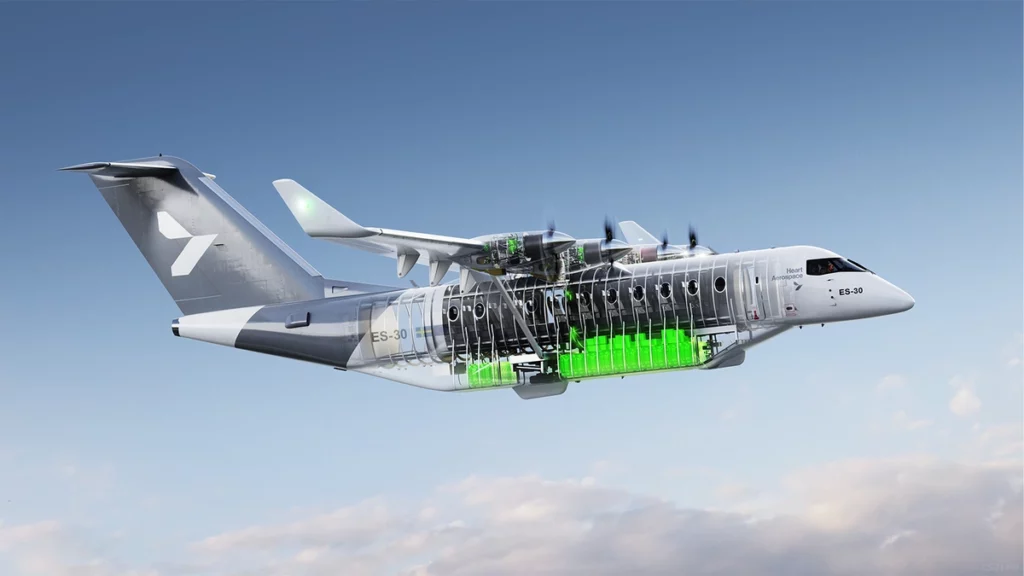Electric flight has emerged as one of the leading candidates for sustainable aviation. Most of the newer designs utilize batteries. However, there remain many problems with power cells. Not only do they struggle in harsh weather, they also can pose a great safety hazard.
When temperature drops, the power output capabilities of a battery follow suit. Therefore, flights to regions such as Greenland or Patagonia would need either larger or specially made aircraft, thereby increasing expense. Furthermore, a power cell has similar problems with extreme heat. A battery would likely only work well in the middle latitudes, roughly 30 to 60 degrees north or south. Possible solutions include a cooling/heating chamber, but that would likely increase weight and power demands.
Another serious fault with batteries is the possibility of catastrophic failure. Especially in lithium cells, these tends to be rapid fires caused by even minor damage. To complicate matters, heat can also lead to these disasters. In fact, this has happened before, albeit not on a fully electric aircraft. UPS flight 6 was downed because of lithium batteries in the cargo hold. This problem would be exacerbated in an aircraft that has cells in the entire fuselage. One small dent could cause the entire plane to go up in flames.
For electric flight to become a real possibility, engineers must first cross many hurdles. Though batteries have worked for years in countless applications, the skies are unforgiving. Therefore, rigorous testing must be done before we see power cells ruling the aviation world.
